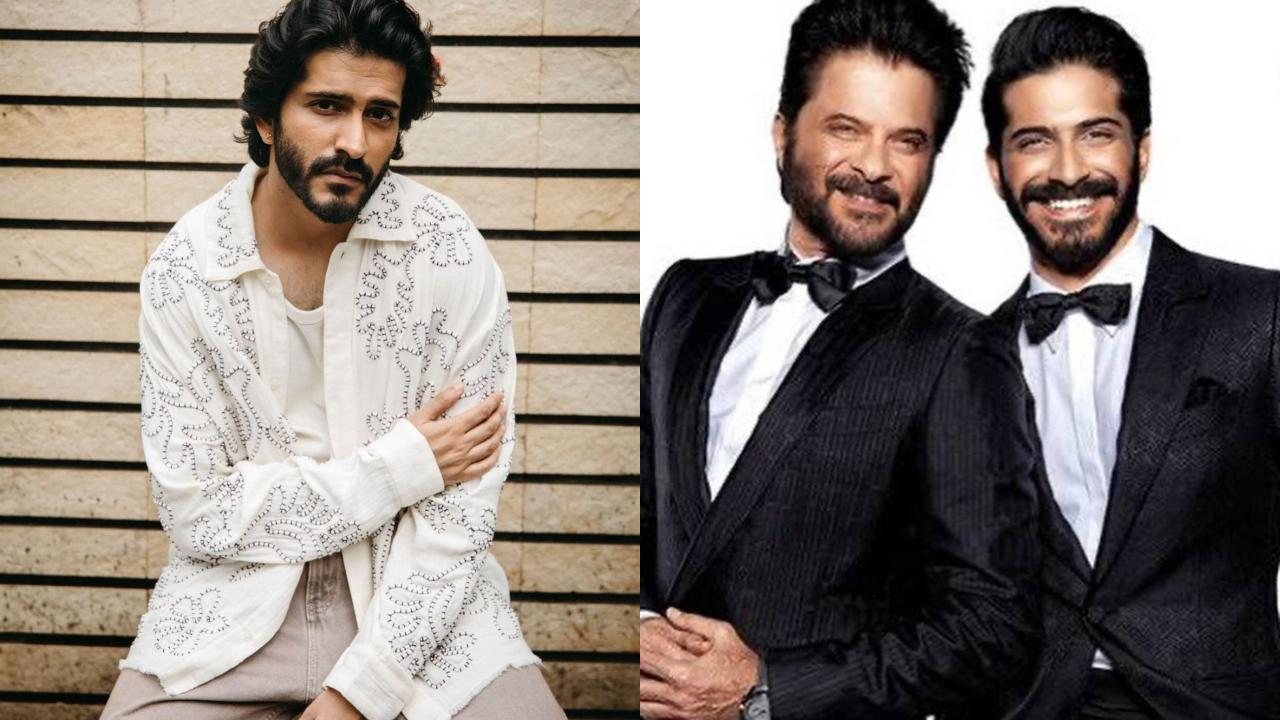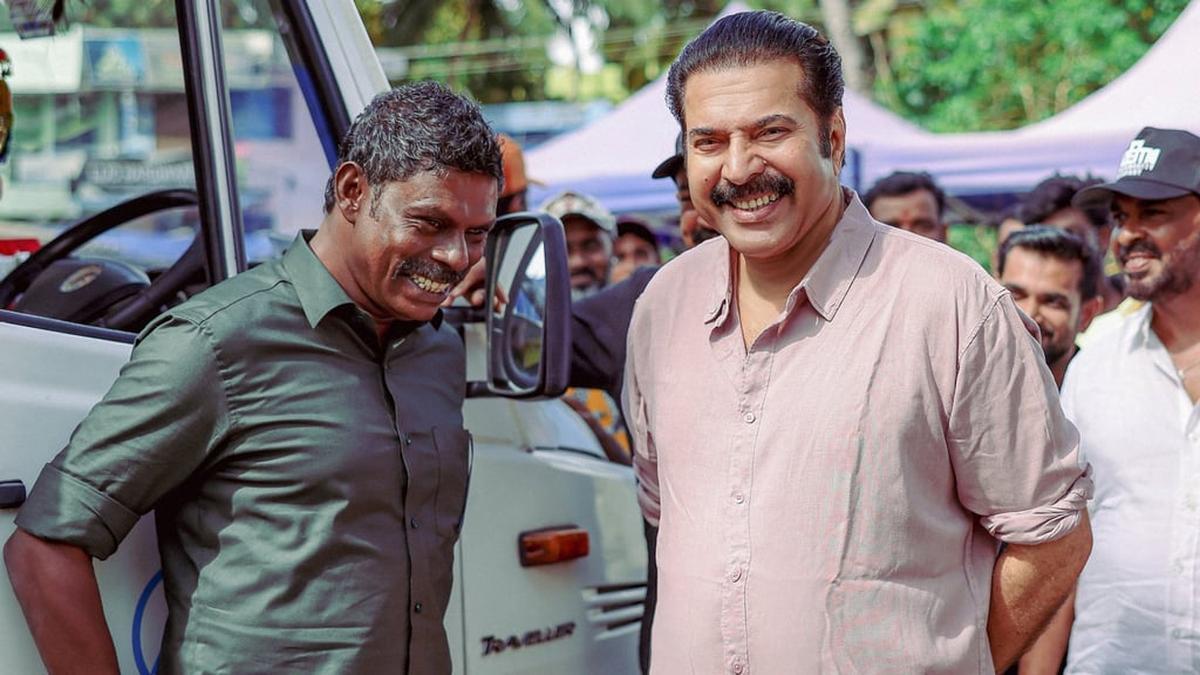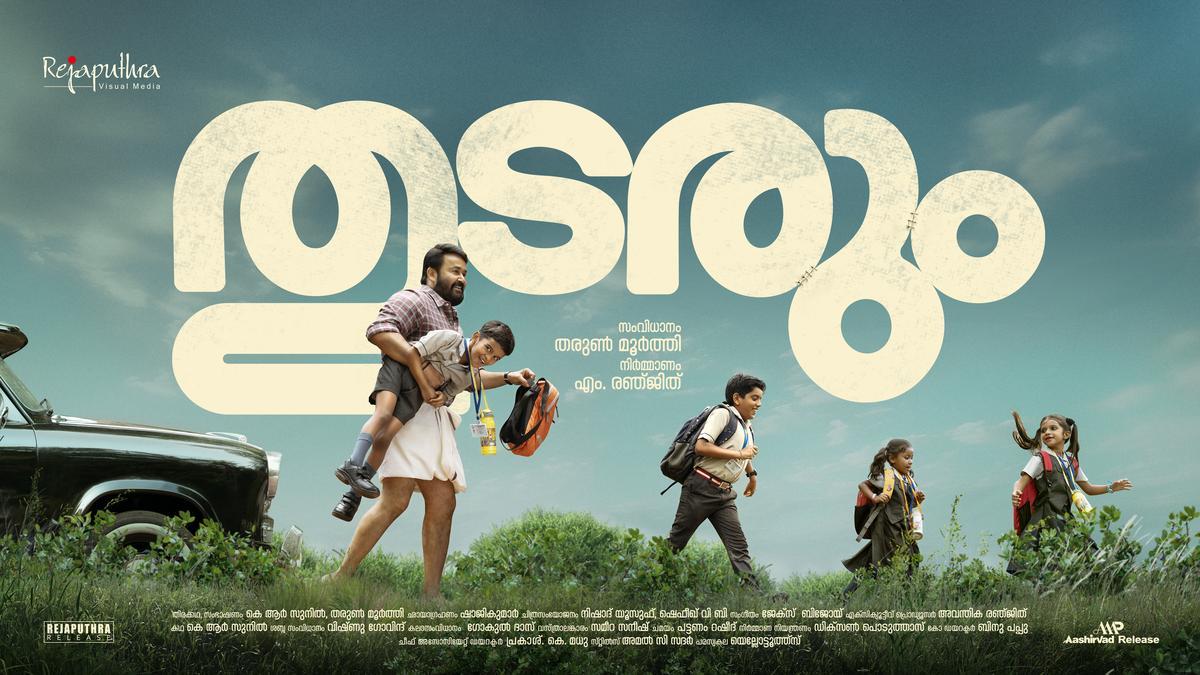
Visitors at Le Meridien in New Delhi have had the unique opportunity to traverse through a lane woven with the threads of history and nostalgia, as they gaze upon a collection of vintage print-ad posters from the bygone eras of the 20th century. Curated by Tarun Thakral, whose passion for heritage and history has culminated in this exhibition, the display titled ‘Journey Through Time: +1 Day, +1 Story’ presents a series of hand-drawn commercial posters that advertise a range of products and services from the 1920s to the 1960s.
One such poster, arresting in its visual appeal, belongs to the Scottish shipping company Anchor Line. With the unlikely unity of Indian and Pakistani flags portrayed against a serene red-orange dusk, the image steeped in rich colors presents howdah-bearing elephants and traditionally attired women amid scenes evocative of a shared cultural past. Significantly, the word “relax” sits prominently between the two national flags and the name of the company, emitting an almost anachronistic sense of harmony reminiscent of a less polarized epoch.
The shipping company, which began offering passenger services between Great Britain and the Indian subcontinent shortly after the partition in 1948, is just one of many historical threads woven into the exhibition. “Their ships used to dock in Karachi and Bombay,” Tarun Thakral, CEO of CJ International Hotels Ltd and the mind behind the exhibition, recounts with a touch of reverence. The meticulously crafted posters from this era, he notes, capture the zeitgeist of a world now diluted by the relentless march of time.
The collection, numbering 29 unique posters, is reflective of Tarun Thakral’s dedication to preserving what might otherwise be ephemeral moments in the advertising history of India. He embarked on this collector’s journey five years ago, driven by a keen interest in items that evoke a bygone era. While establishing the Heritage Transport Museum in Gurugram, Thakral discovered rare print advertisements and since then, he has tirelessly pursued these relics, sourcing them through dealers, and even auctions as far away as the United Kingdom and the United States.
The posters, survivors of the challenges posed by India’s climate and time itself, are a testament to Thakral’s perseverance. Among the gems is a Rajaratnam Fireworks picture dating back to the ’50s and crafted by The Standard Litho Works in Sivakasi, a town synonymous with India’s firework industry, which he secured at an auction in America.
Visually, the posters are separated not only by the products they represent but also by their size. Fourteen posters measure the considerable dimensions of 30 by 40 inches, while the remaining posters are somewhat smaller at 20 by 30 inches each. However, one exceptional poster doesn’t adhere to these formats— a three-piece portrait of Indian magician P C Sorcar, a triptych that marries art and advertisement with eye-catching flair.
The diversity of the collection is evident in the various brands it showcases. From Air India’s iconic mascot—the Maharajah—to posters exemplifying the cross-border advertising strategies of Air France and Indian Railways, each piece stands as a silent witness to the marketing aesthetics of its time. These posters sketch a vibrant socio-commercial landscape, revealing stories of not just products but also cultural aspirations, people’s lives, and societal transformations.
**The showcase also venerates the Jubilee Fund poster, commemorating George V’s 25-year reign as British Monarch and Emperor of India, and it details the fund established to alleviate distress within the country. This piece is not just an advertisement; it is a historical document marking a significant moment in India’s colonial narrative.**
The retrospective endeavors to resurrect the essence of designs that have graced city walls and lampposts for decades past, illustrating a visual history that transcends the past’s barrier. While the posters are not for sale, estimates value them between $1,000 and $8,000 each—a figurative price for pieces of history that, in essence, remain priceless. The exhibition continues at the Atrium Lobby of Hotel Le Meridien in Janpath, inviting visitors to step back in time until March 15th, open from 9am to 9pm daily.










